Jul 9, 2024
•
Zach Hudson
Transform your home into a sleek, stylish masterpiece with modern interior design. Achieve elegance and functionality effortlessly!
Have you ever walked into a home and felt instantly captivated by its sleek, sophisticated, and inviting atmosphere? Chances are, you were experiencing the magic of modern interior design. But what exactly sets this style apart from the rest, and how can you incorporate its elements to transform your own living space?
Modern interior design is a perfect match for contemporary lifestyles, emphasizing simplicity, functionality, and clean aesthetics. This style focuses on creating sleek, clutter-free spaces that are both beautiful and practical. By embracing minimalism, modern design utilizes a neutral color palette, open floor plans, and innovative materials to create a sophisticated yet comfortable environment.
In this article, we will dive deep into the world of modern interior design, exploring its key elements, popular substyles, and room-specific ideas. You'll discover the reasons why this interior design style continues to be a favorite among homeowners looking to achieve a streamlined and elegant look. Get ready to unlock the secrets that will elevate your living space to new heights!
What is Modern Interior Design?
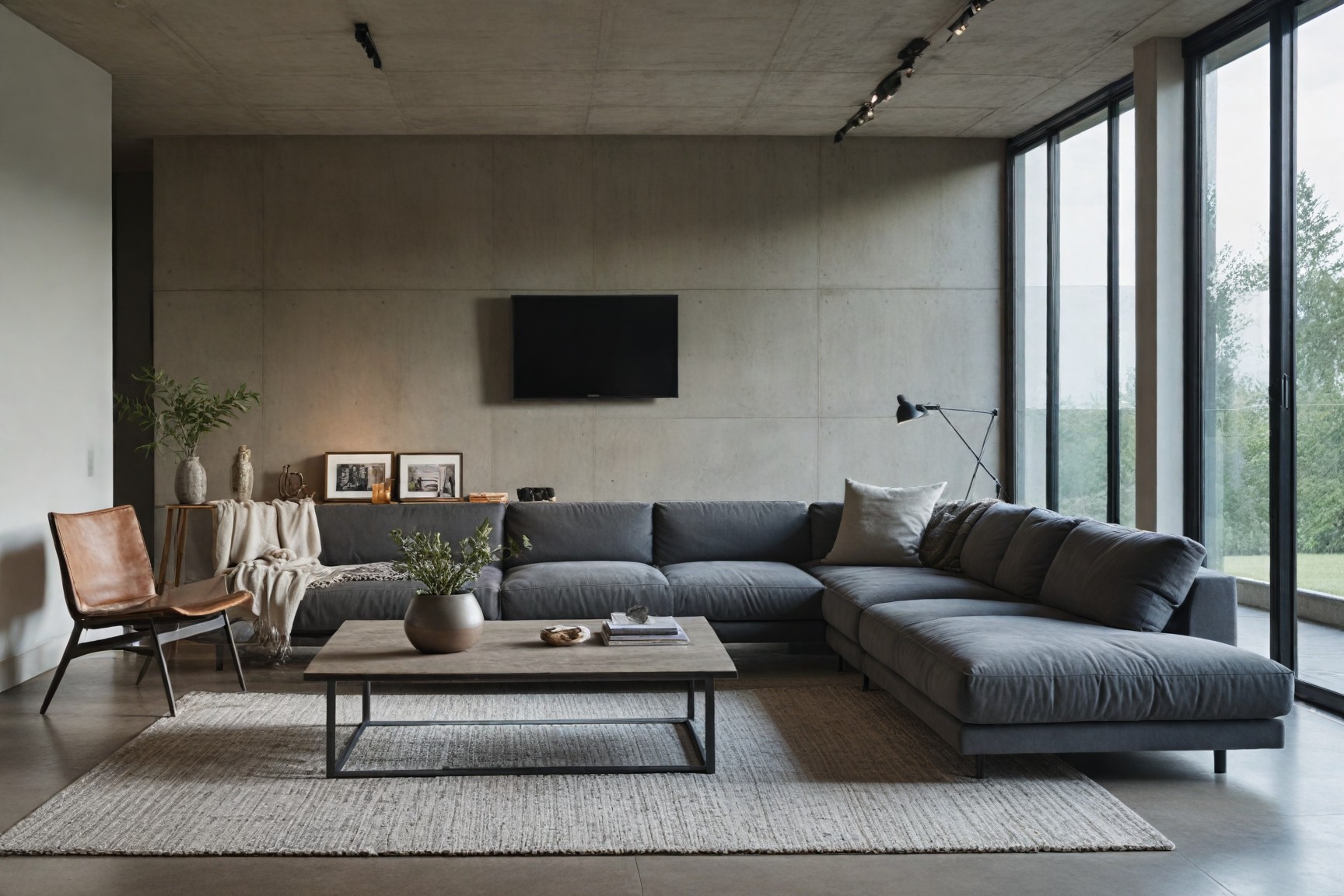
Modern interior design finds its roots in the modernist movement of the early 20th century. This design style focuses on streamlined forms, the absence of ornamentation, and the seamless merging of function with style. Influenced by cultural and technological advancements, such as the rise of urban living and new construction materials, modern design emphasizes clean lines, open spaces, and innovative use of materials like steel, glass, and concrete. The goal is to create spaces that are both practical and aesthetically pleasing, reflecting the simplicity and efficiency of modern life.
Key Elements of Modern Interior Design
Modern interior design is characterized by several key elements that work together to create clean, airy, and functional spaces. These elements are essential in defining modern design aesthetics.
Simplicity
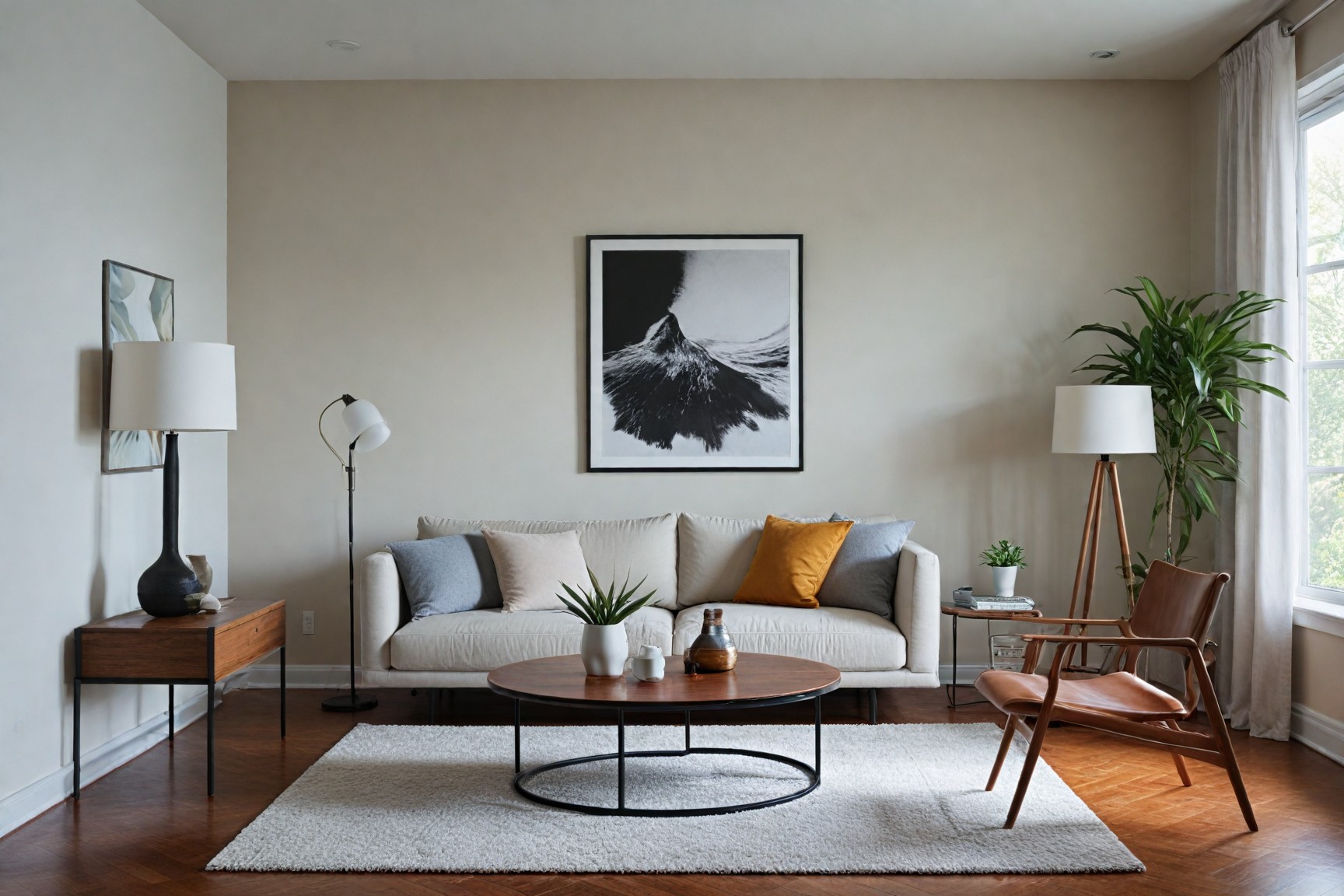
Simplicity lies at the heart of modern interior design, embracing clean lines and uncluttered spaces to create a serene and tranquil atmosphere. By stripping away unnecessary visual distractions, this approach not only minimizes chaos but also promotes a profound sense of peace and relaxation within the environment. Achieving this simplicity requires a deliberate effort to declutter spaces and carefully select furniture that embodies both elegance and minimalism. The essence of this design philosophy lies not in merely reducing the number of items, but rather in recognizing the inherent value and purpose of each element within the space. Every piece of furniture and decor is chosen with intention, considering not only its aesthetic appeal but also its functional contribution to the overall harmony and balance of the room, ensuring that each component plays a vital role in creating a cohesive and inviting living space.
Functionality
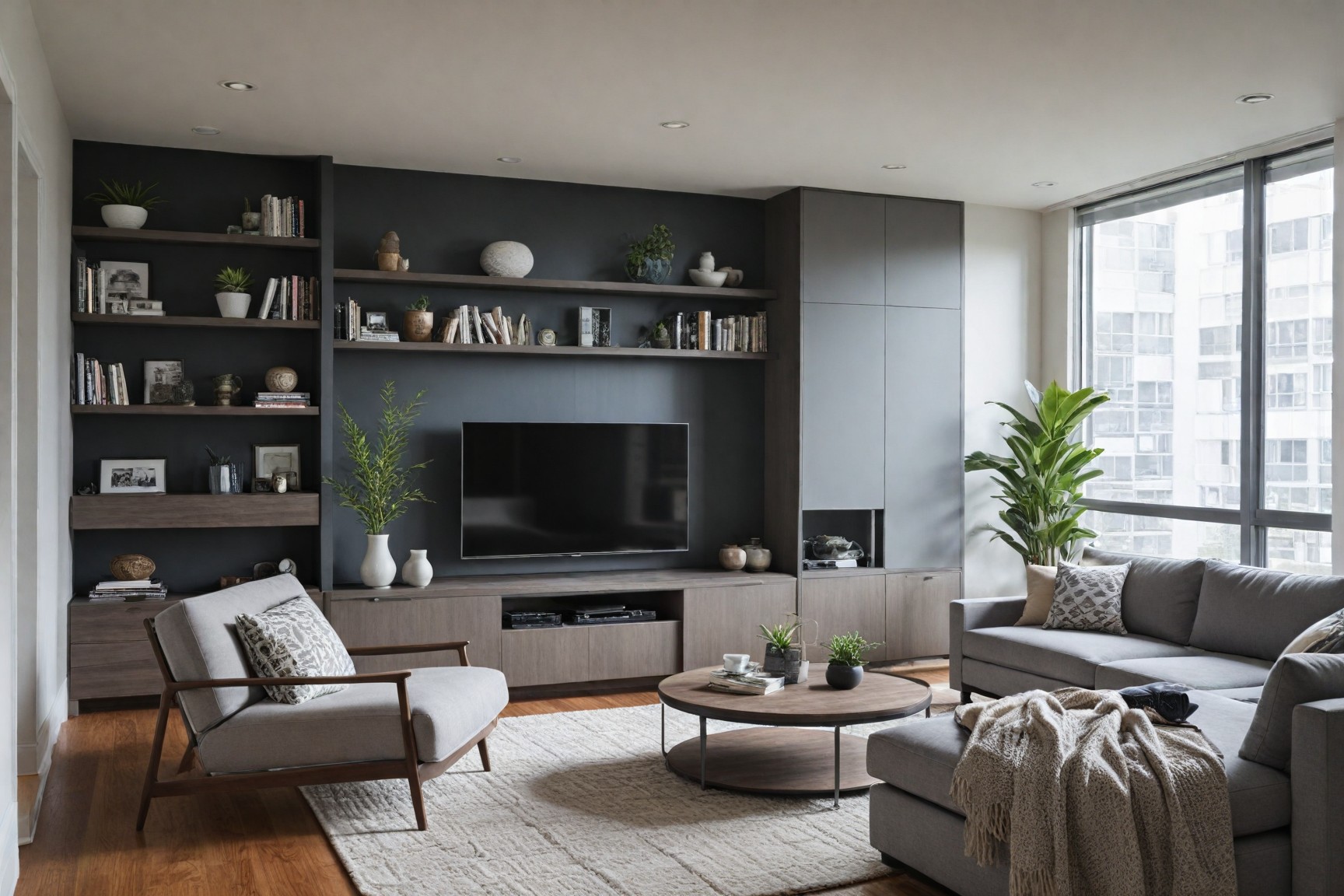
In modern interiors, functionality takes center stage, with every element designed to serve a specific purpose while maintaining a stylish aesthetic. Furniture is chosen not only for its visual appeal but also for its ability to maximize space efficiency, often incorporating built-in storage solutions to cater to the needs of the occupants. This pragmatic approach extends to the organization of the space itself, ensuring that each room is optimized for both style and usability. By prioritizing functionality, modern design creates spaces that are not only beautiful but also practical, enhancing the daily lives of those who inhabit them.
Open Floor Plans

One of the defining features of modern interior design is the embrace of open floor plans, which create a seamless flow between living areas. By removing barriers such as walls and doors, spaces appear larger and more inviting, encouraging social interaction and allowing natural light to permeate throughout the home. This openness fosters a sense of connectivity, making the home feel more inclusive and conducive to both entertaining and everyday family life. The fluid layout of modern interiors enables activities and conversations to flow effortlessly, creating a dynamic and engaging living environment.
Natural Light
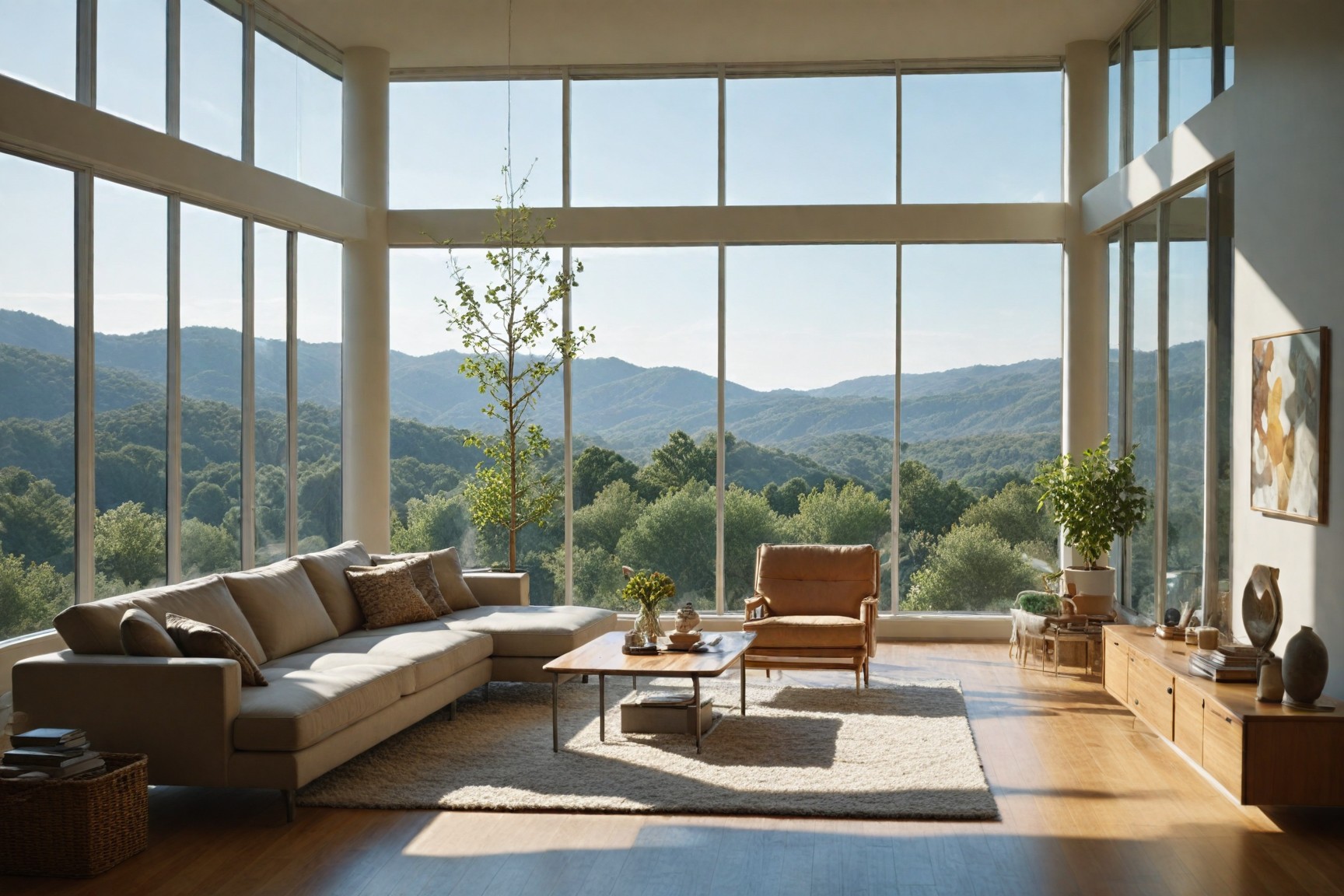
Modern design harnesses the power of natural light to create bright, inviting spaces that promote well-being. Large windows and unobstructed views of the outdoors are essential elements, allowing sunlight to flood the interior and establish a connection with the natural world. The strategic placement of windows and the use of reflective surfaces work in tandem to maximize light distribution, reducing the need for artificial lighting and creating a sense of spaciousness. By emphasizing natural light, modern interiors not only enhance the aesthetic appeal of the space but also contribute to the overall health and happiness of its inhabitants.
Neutral Color Palette
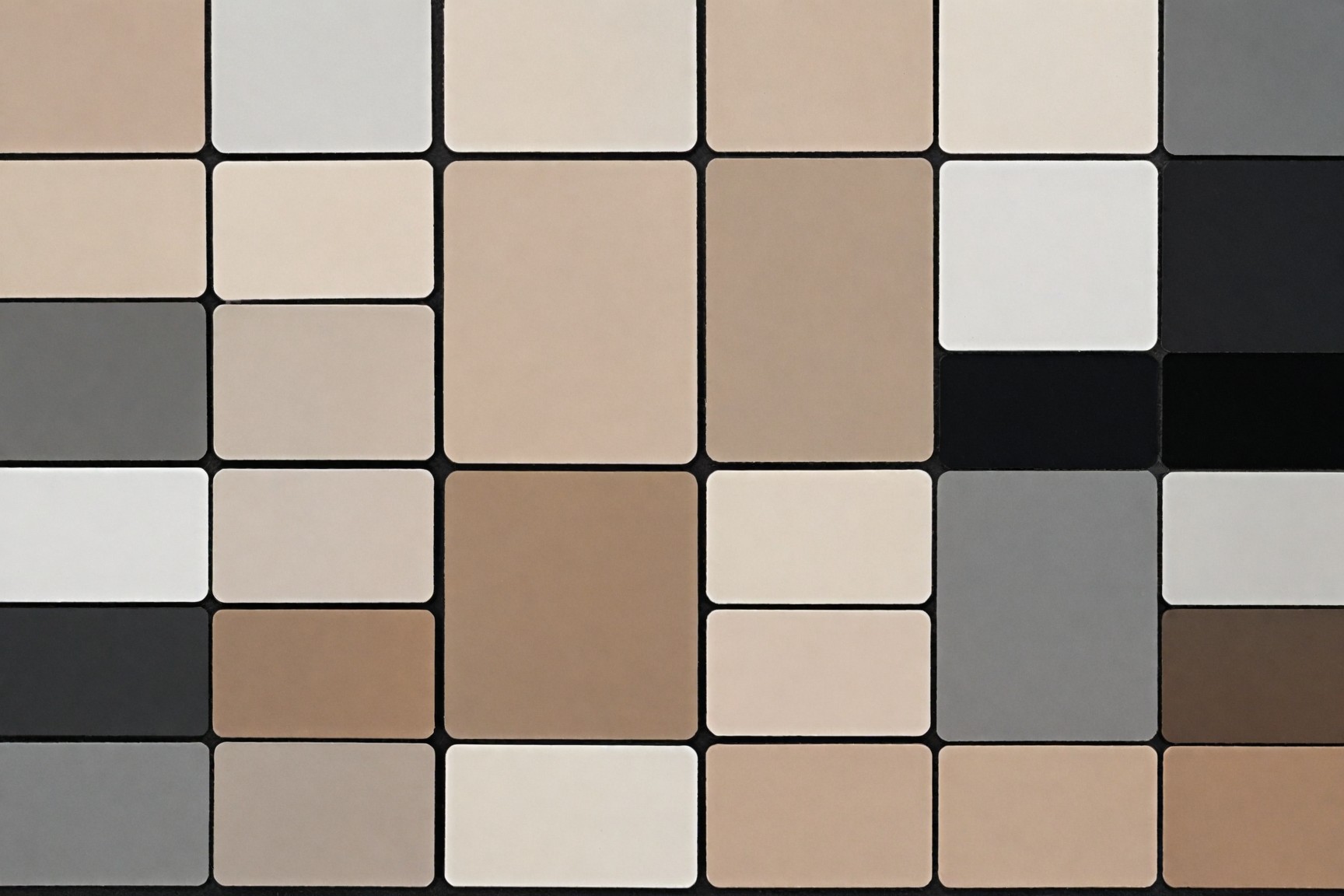
The use of a neutral color palette is a hallmark of modern interior design, with shades of white, gray, beige, and black forming a versatile backdrop for bold accents. These subtle tones create a sense of timeless elegance, allowing architectural elements and carefully selected furniture pieces to take center stage. The understated nature of the color scheme provides flexibility in decorating styles, enabling homeowners to introduce pops of color through artwork or accessories without overwhelming the space. By opting for a neutral foundation, modern interiors achieve a cohesive and calming atmosphere that stands the test of time.
Texture and Materials
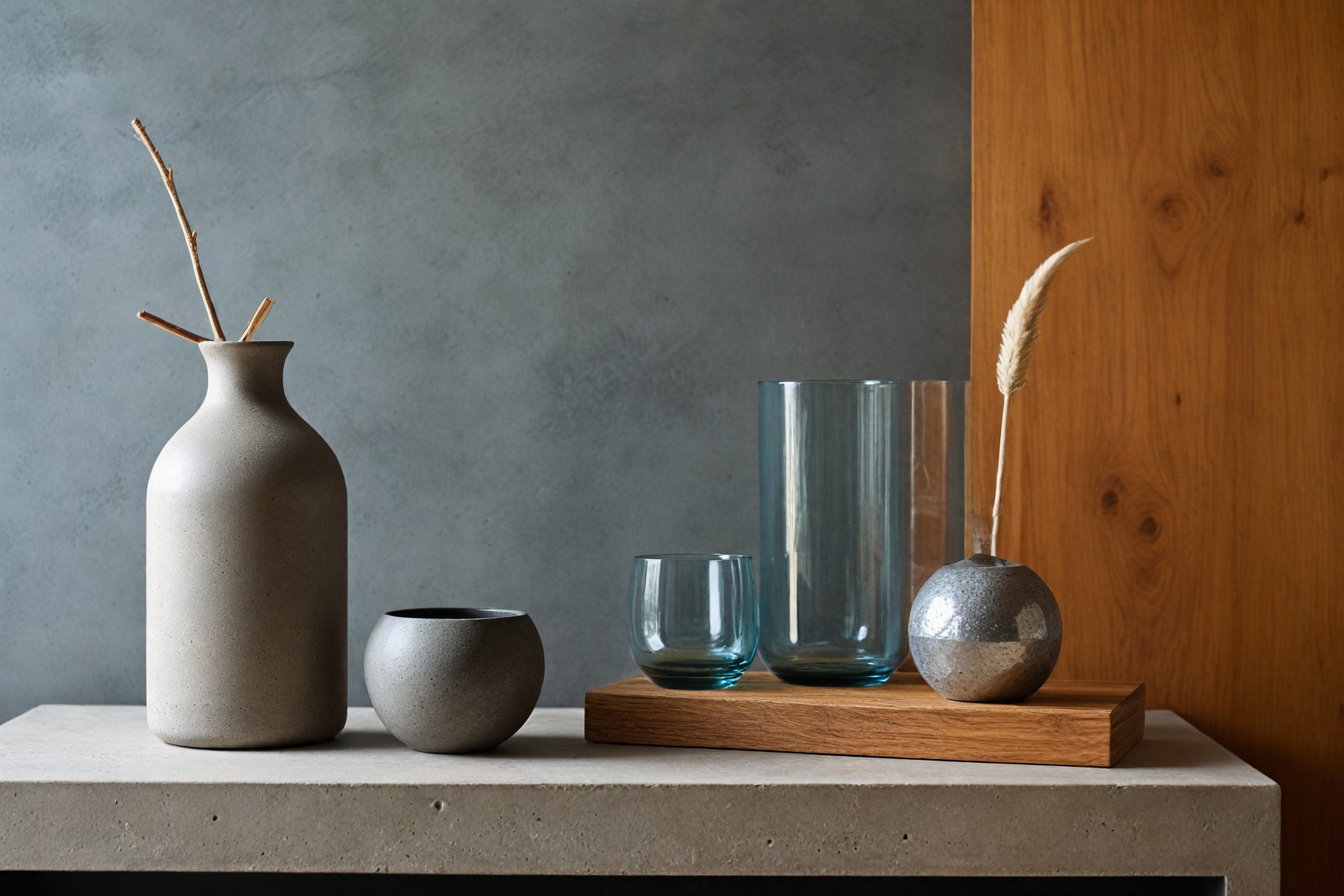
Modern interiors celebrate the inherent beauty of materials, incorporating a diverse range of textures such as exposed concrete, natural wood, metals, and glass. These elements are chosen not only for their visual appeal but also for their ability to create a multisensory experience, engaging the sense of touch and adding depth to the space. The juxtaposition of contrasting textures and materials creates visual interest and warmth, while still maintaining a sleek and cohesive aesthetic. By embracing the tactile qualities of these materials, modern design establishes a deeper connection between the space and its inhabitants, enhancing the overall sensory experience.
Minimalist Art and Decor
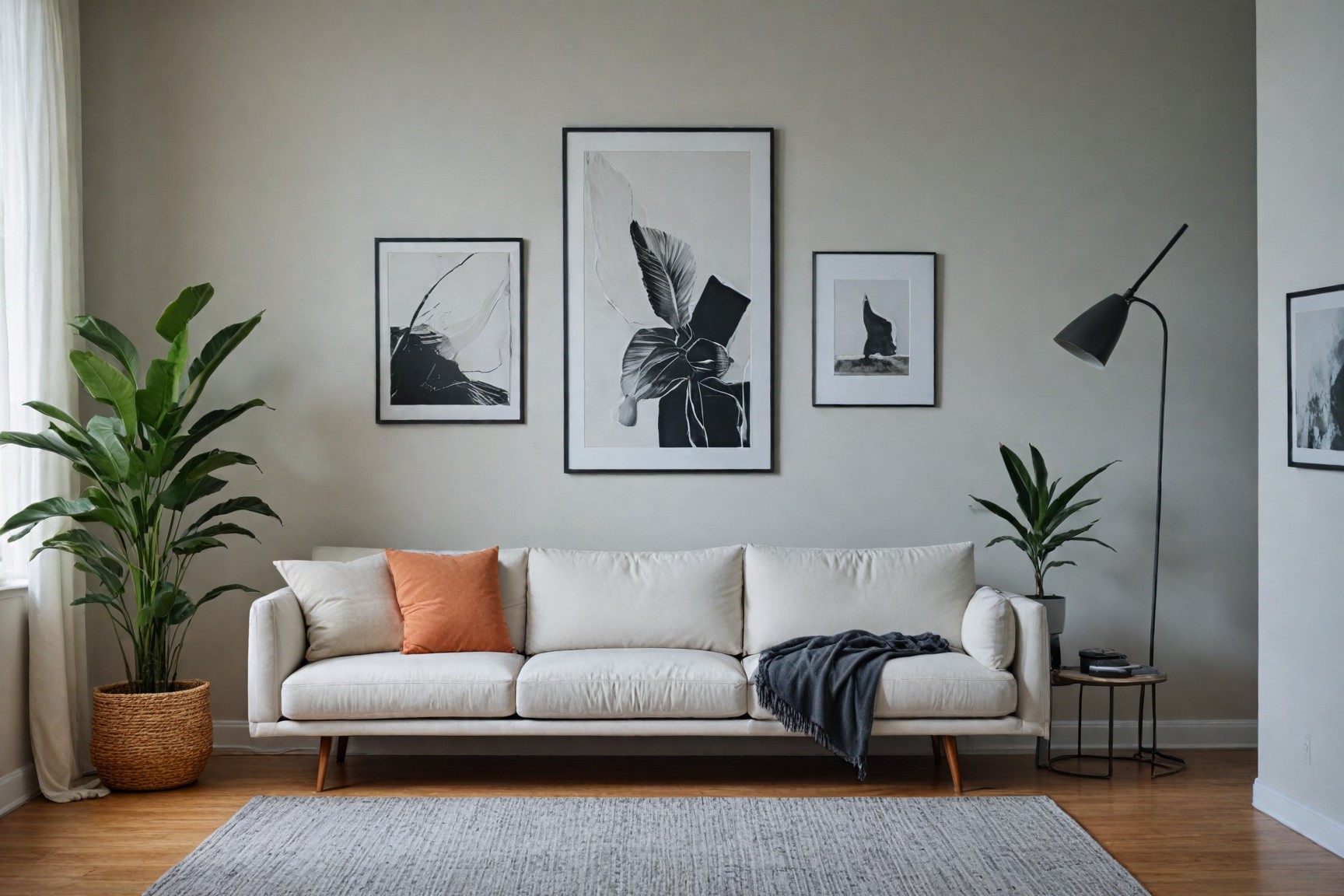
In modern interior design, minimalist art and decor play a crucial role in elevating the space without overwhelming it. By carefully selecting fewer, more impactful pieces, each item becomes a focal point, adding a personal touch and complementing the overall design ethos. Minimalist art serves as more than mere decoration; it encourages contemplation and appreciation, inviting inhabitants to engage with the space on a deeper level. By curating a collection of meaningful artworks and decor, modern interiors create an environment where every element is intentional, contributing to the overall narrative of the space and reflecting the unique personality of its occupants.
Substyles of Modern Interior Design
Modern interior design encompasses several popular substyles, each offering a unique interpretation of the core principles of modernism.
Scandinavian Modern
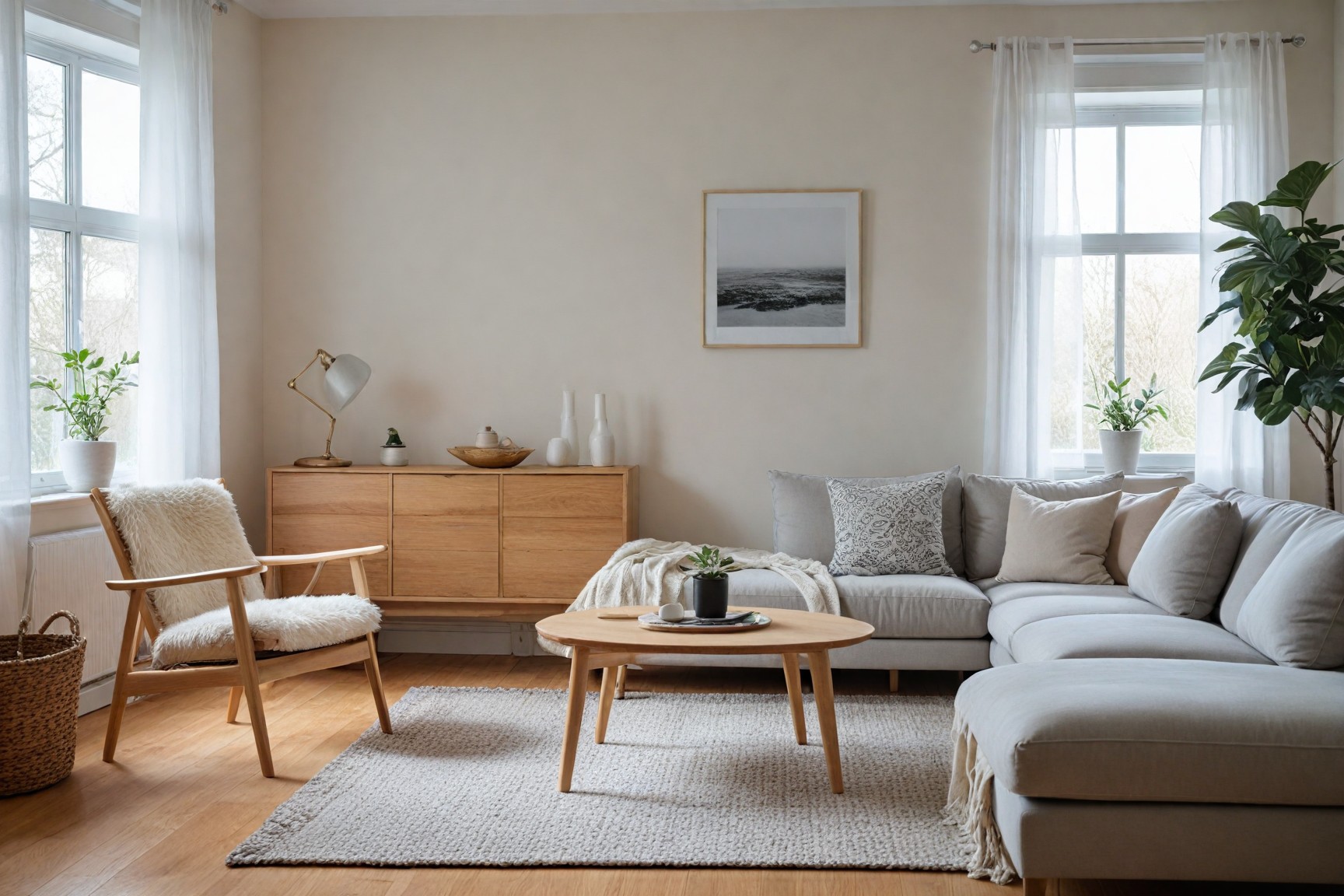
Scandinavian Modern is a design style that effortlessly blends functionality, simplicity, and a deep appreciation for natural light and open spaces. This aesthetic creates a warm and inviting atmosphere by incorporating a palette of soft, muted colors, the warmth of natural woods, and carefully curated minimalist decor.
The essence of Scandinavian Modern lies in its ability to prioritize comfort and practicality without compromising on style, seamlessly combining clean, straight lines with organic forms and textured natural materials. Each piece of furniture is thoughtfully selected not only for its visual appeal but also for its durability and ease of use, ensuring that the space remains both beautiful and functional. The subdued color scheme, featuring soothing shades of white, gray, and blue, works in harmony with the abundant natural light, which is a defining characteristic of this design philosophy. The result is an airy, light-filled environment where every object serves a purpose and contributes to the overall sense of balance and tranquility.
Minimalist Modern
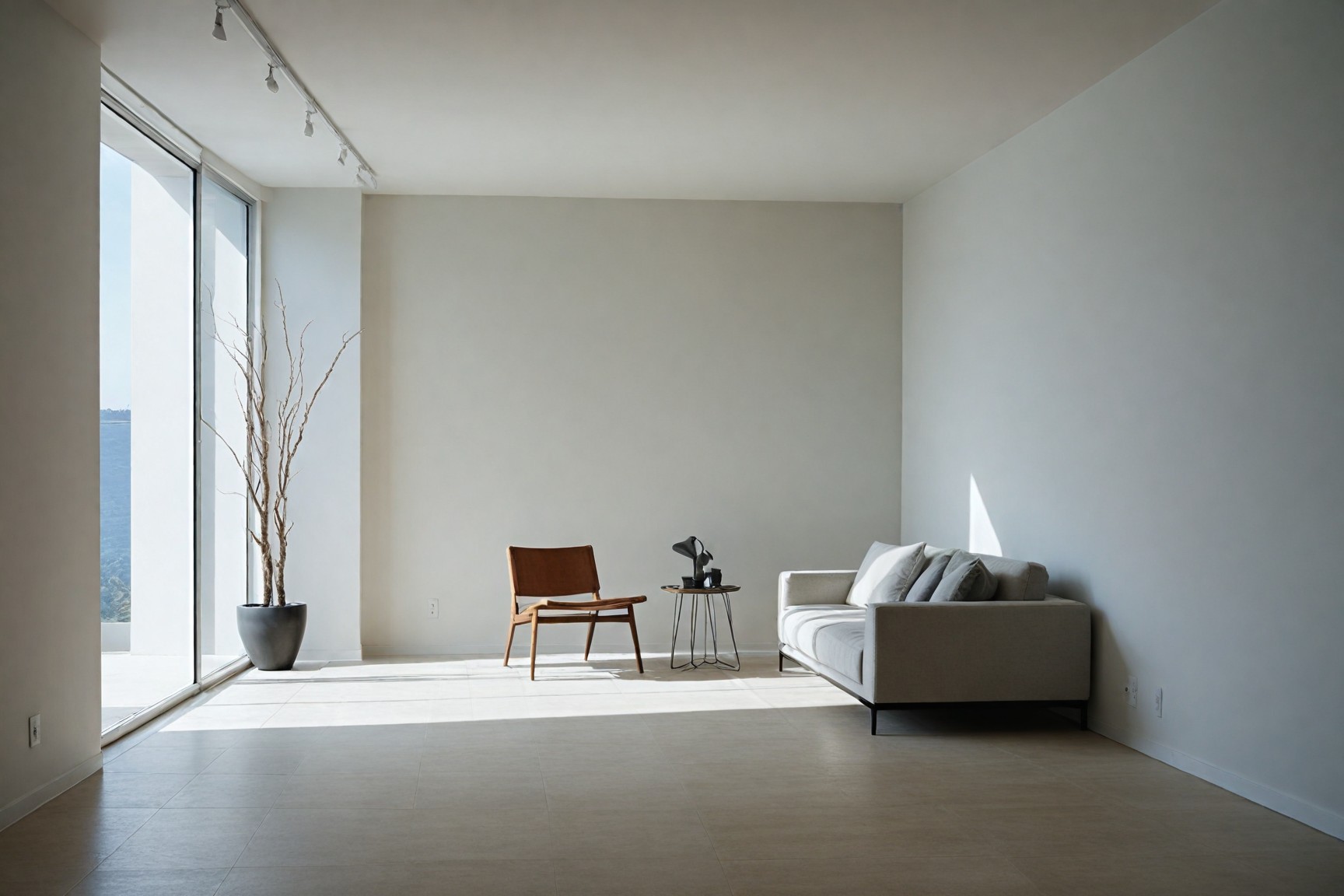
Minimalist Modern takes the core principles of modernism to new heights, focusing intensely on the power of simplicity in both form and function. At the heart of this style lies the belief that "less is more," with a strong emphasis on maximizing space and highlighting the significance of each carefully selected element within the room. In a Minimalist Modern interior, every item is chosen with great intention, considering its practical utility and its ability to contribute to the overall aesthetic harmony. These spaces are characterized by their openness and lack of clutter, creating a sense of expansiveness and serenity. The color palettes in Minimalist Modern design are often monochromatic, relying on the interplay of texture and form to create visual interest and depth, rather than relying on bold colors or intricate patterns.
Industrial Modern
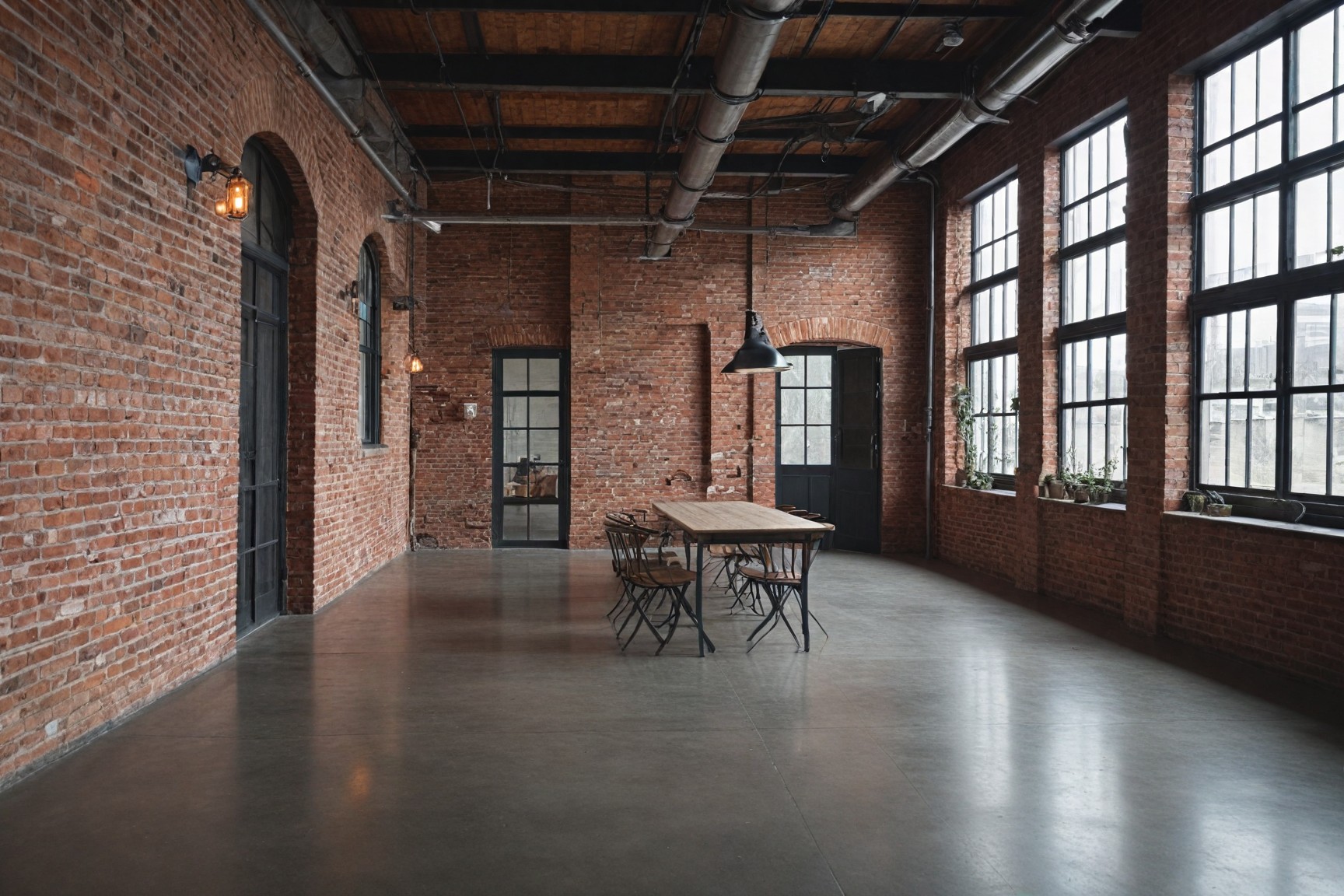
Industrial Modern is a design style that embraces the raw, unfinished essence of urban grit, celebrating the beauty of exposed structural elements and materials that are typically concealed in other design approaches. This aesthetic incorporates elements such as exposed brick, metal ductwork, and a combination of wood and metal surfaces to create a distinctly urban atmosphere reminiscent of converted factories and lofts. Lighting fixtures and furniture in Industrial Modern spaces often feature metal finishes and designs that evoke the look of industrial equipment, further enhancing the urban vibe. This style is perfect for those who appreciate a sense of history and authenticity, as it skillfully blends elements of the past with contemporary design, resulting in a dynamic and visually compelling living environment.
Mid-Century Modern
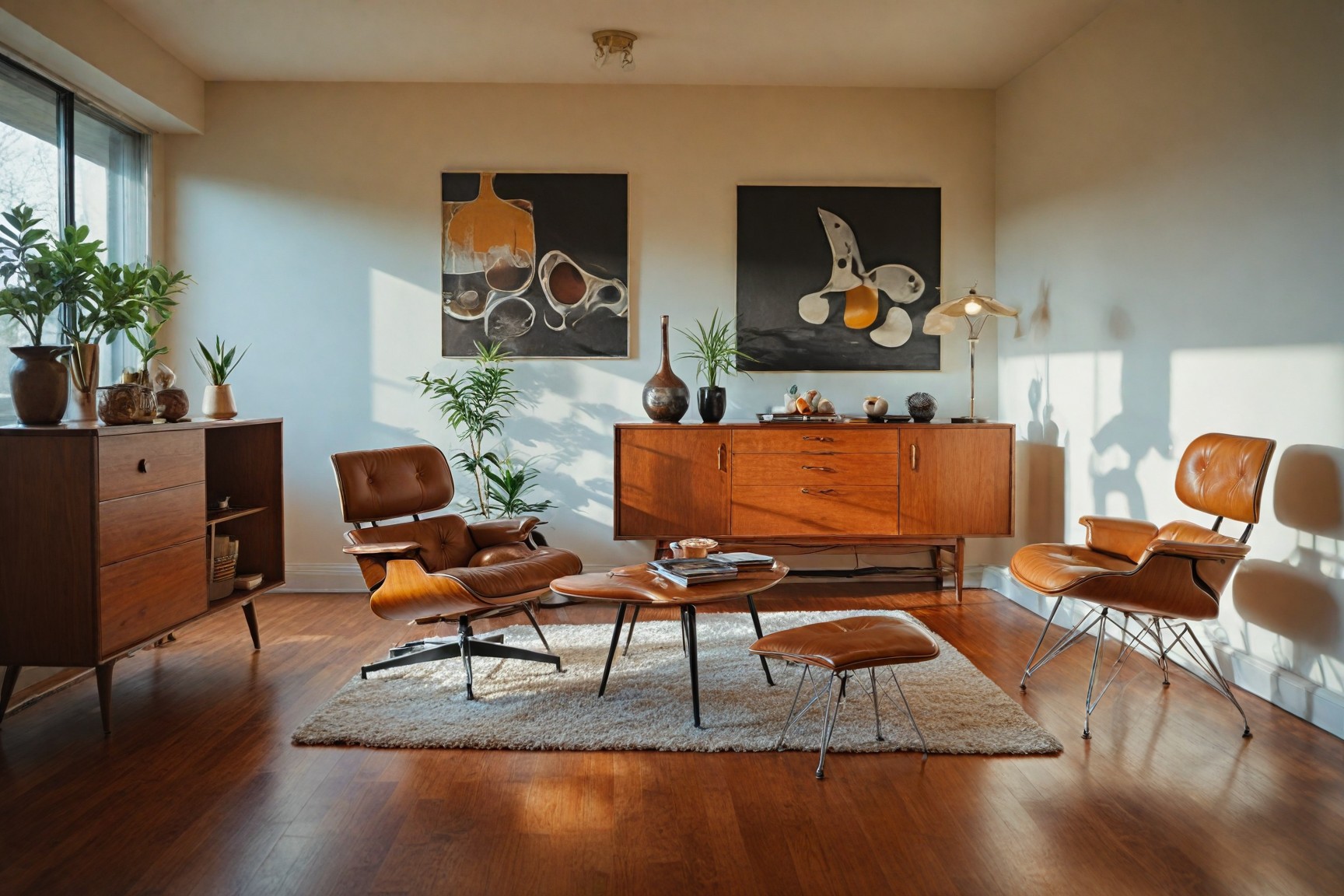
Mid-Century Modern is a design style that pays homage to the iconic aesthetics of the mid-20th century, with a particular focus on organic forms and streamlined fabrication. Characterized by sleek lines and a masterful blend of materials and textures, such as wood, metal, and glass, this style embodies the innovative spirit of the era. Iconic furniture pieces, like the Eames chair, the Noguchi table, and the Tulip table, serve as symbols of Mid-Century Modern design, showcasing the period's groundbreaking approach to form and function. The color palettes in Mid-Century Modern interiors often combine neutral tones with vibrant accents, reflecting the optimism and energy of the post-war period. The enduring popularity of this style can be attributed to its timeless appeal and its ability to complement and enhance a variety of other design aesthetics.
Japandi Modern

Japandi Modern is a captivating fusion of Japanese and Scandinavian design principles, seamlessly blending the minimalist philosophies of both cultures to create serene and harmonious living spaces. This style places a strong emphasis on simplicity, natural elements, and a calming, muted color palette, resulting in interiors that exude a sense of tranquility and balance. Japandi design celebrates the art of craftsmanship, favoring handmade and artisanal pieces over mass-produced items, adding a layer of authenticity and soul to the space. Natural materials such as wood, wool, and linen play a prominent role in Japandi interiors, contributing to the overall sense of warmth and organic beauty. The decor in this style is characterized by a harmonious blend of simplicity and comfort, creating an inviting atmosphere that encourages relaxation and mindfulness. Japandi Modern interiors are designed to provide a peaceful refuge from the chaos of the outside world, making them the perfect choice for those seeking to create a tranquil and rejuvenating home environment.
Room-by-Room Modern Interior Design Ideas
Provide actionable design ideas for applying modern interior design principles across different rooms in a home.
Living Room Design
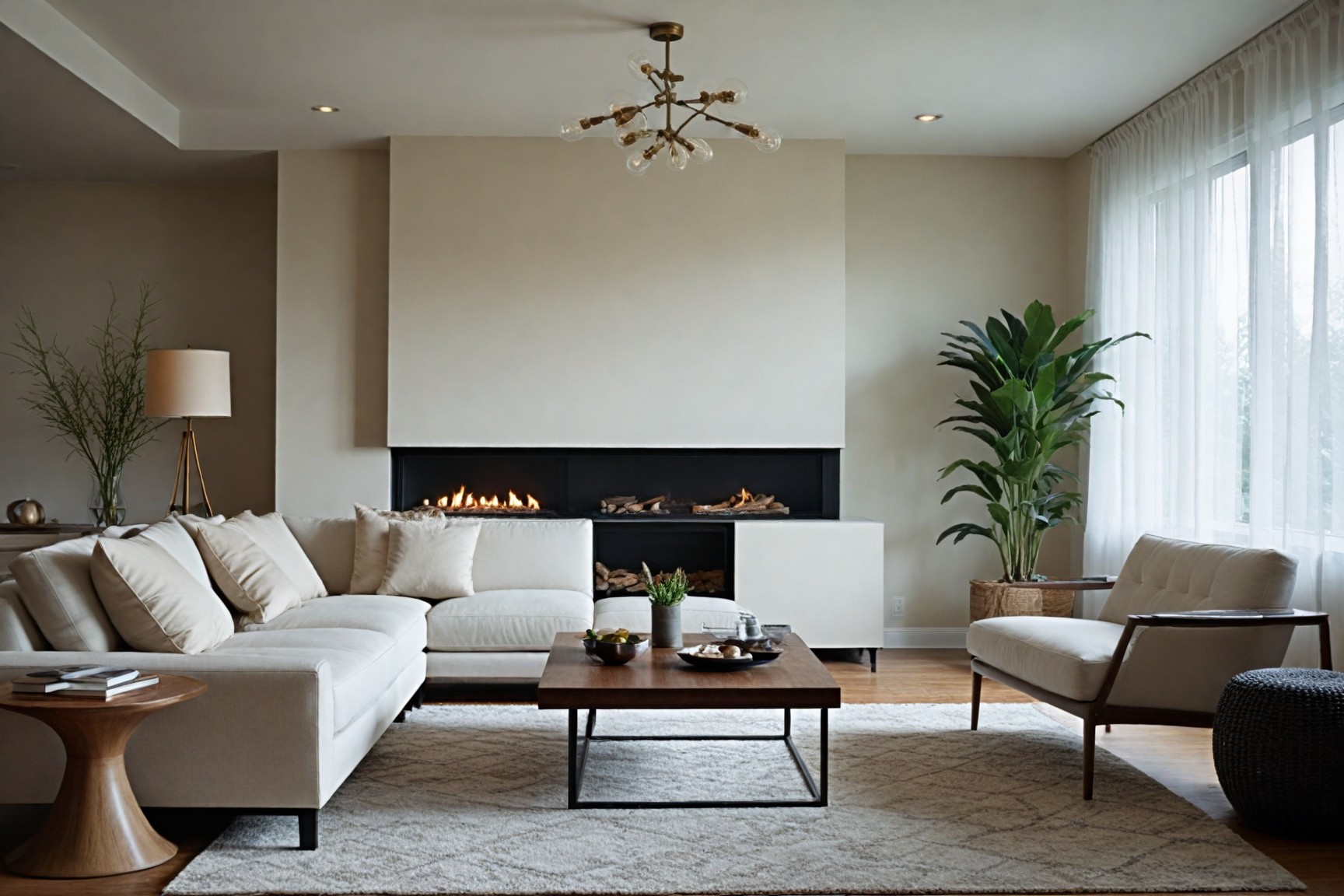
Design a modern living room by focusing on furniture arrangement, decorative elements, and effective use of space for both comfort and style. Use sleek, functional furniture and minimal decor to create a clean, open atmosphere.
Kitchen Concepts

Discuss modern kitchen design ideas, including open layouts, the integration of high-tech appliances, and materials that combine durability with beauty. Consider using stainless steel, glass, and quartz for a sleek and functional kitchen space.
Bedroom Design
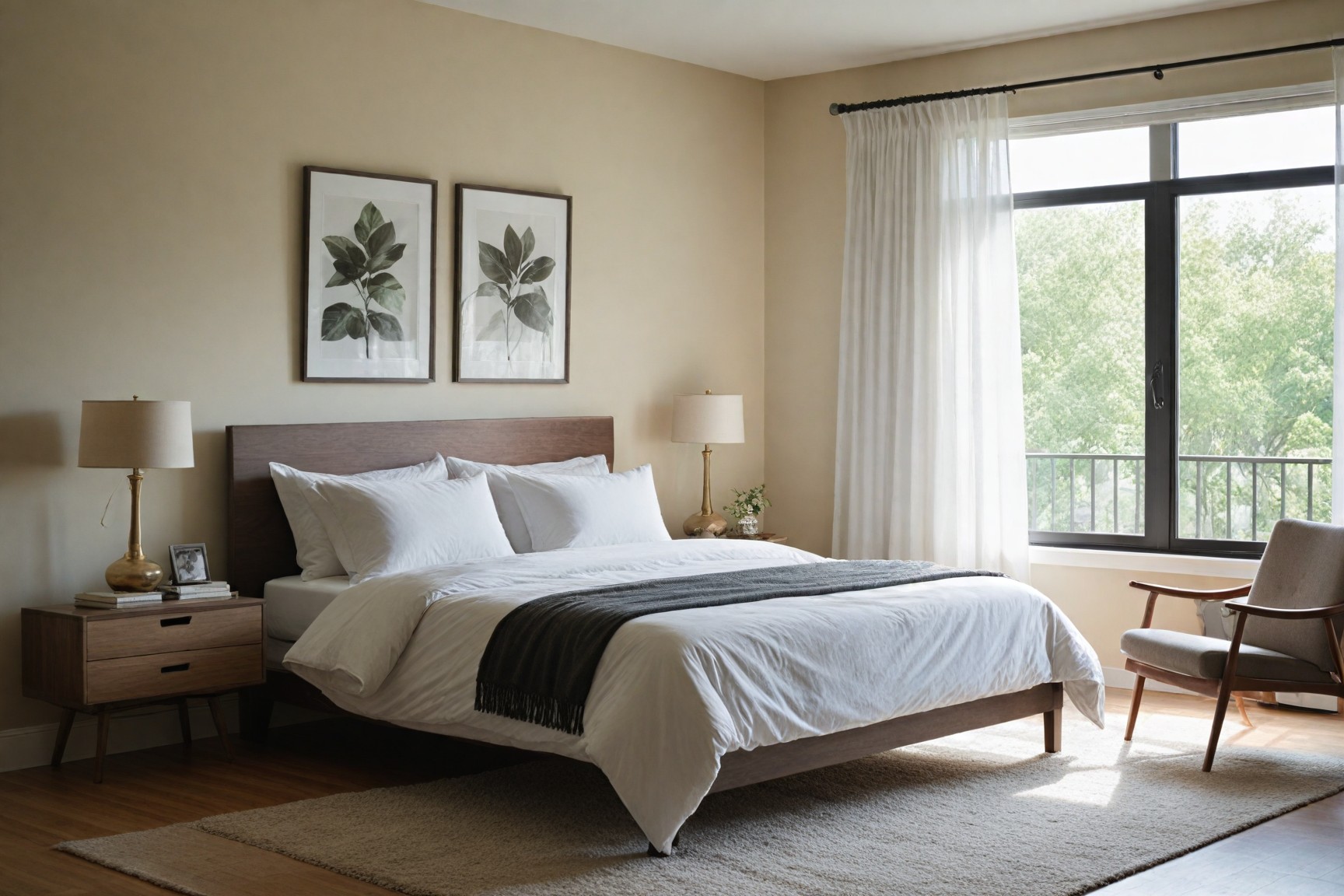
Create a calming modern bedroom by using minimal furnishings and maximizing natural light. Choose neutral color palettes and incorporate simple, elegant furniture to maintain a serene atmosphere.
Bathroom Design
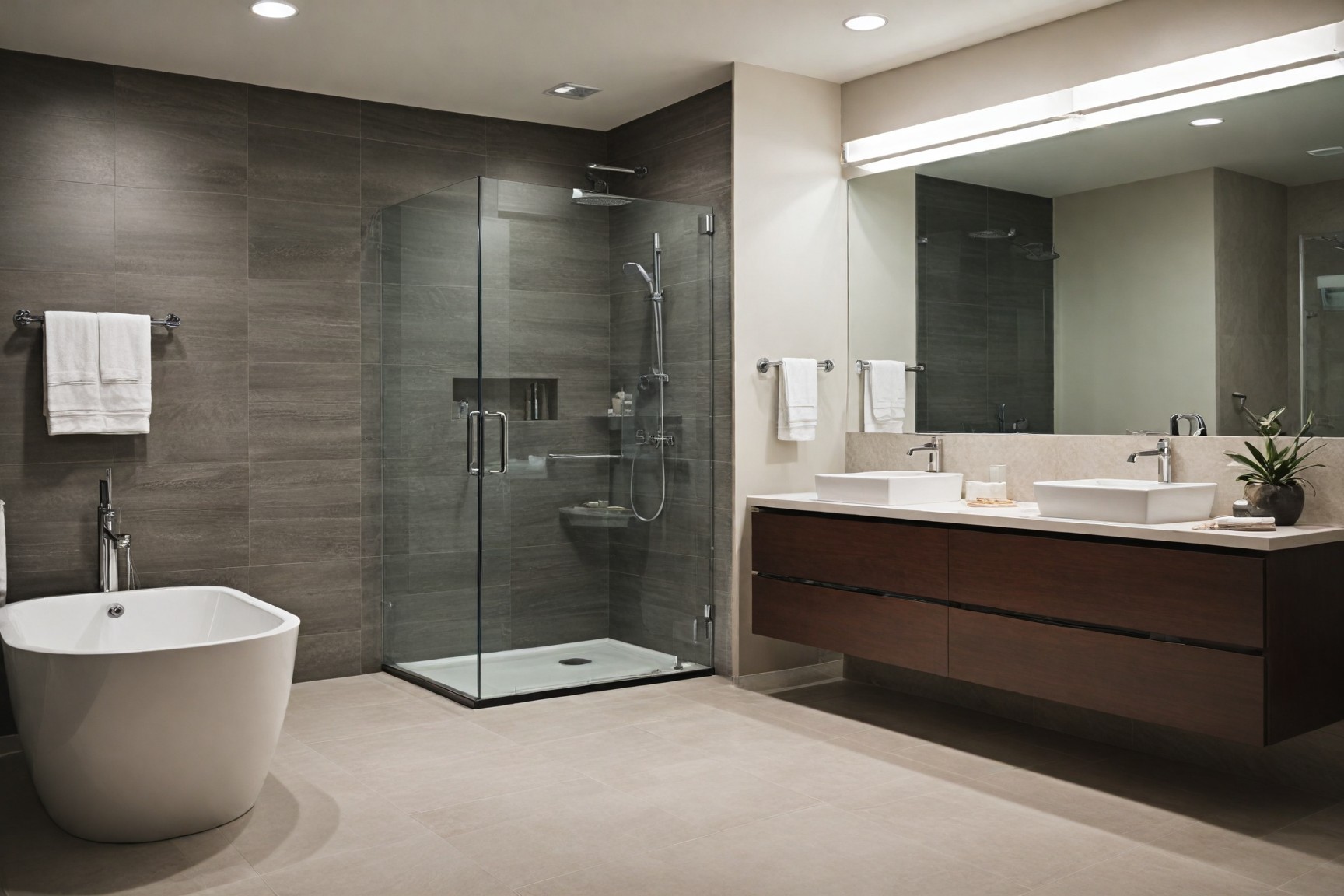
Suggest ideas for modern bathroom designs that focus on clean lines, functional design, and modern fixtures. Emphasize luxury and relaxation with features like frameless glass showers, floating vanities, and high-quality materials.
Why Choose Modern Interior Design
Modern interior design has become increasingly popular in recent years, and for good reason. This sleek and functional design style offers numerous benefits that make it an attractive choice for homeowners and designers alike. Here are some compelling reasons to choose modern interior design.
Clean and Uncluttered Aesthetic
Modern design emphasizes simplicity, clean lines, and minimal ornamentation. This creates a sense of spaciousness and tranquility, allowing the focus to remain on the essential elements of the room.
Functionality and Efficiency
Modern interiors prioritize functionality, with an emphasis on open floor plans, smart storage solutions, and multi-purpose furniture. This design style maximizes the use of available space, making it ideal for contemporary lifestyles.
Timeless Appeal
While trends come and go, modern design has a timeless quality that ensures its enduring appeal. By investing in a modern interior, you can create a space that remains stylish and relevant for years to come.
Versatility and Adaptability
Modern design is highly versatile and can be adapted to suit a wide range of personal preferences and lifestyles. Whether you prefer a minimalist or a more eclectic look, modern design provides a flexible foundation that can be customized to your taste.
Seamless Integration with Technology
As technology becomes increasingly integrated into our daily lives, modern interior design offers the perfect backdrop for incorporating smart home features and innovative appliances. The clean lines and minimalist aesthetic of modern design complement the sleek appearance of modern technology.
Enhanced Natural Light
Modern interiors often feature large windows and open spaces that allow for ample natural light. This not only creates a bright and airy atmosphere but also helps to reduce energy costs and promote a sense of well-being.
Embrace the Timeless Elegance of Modern Interior Design
Modern interior design is more than just a passing trend; it's a strategic choice that elevates your living spaces by combining sleek aesthetics with unmatched practical functionality. By embracing the timelessness of modern design, you can create sophisticated and immensely comfortable environments where every element, from clean lines to the judicious use of space, is carefully curated. This design philosophy not only enhances the visual appeal of your space but also optimizes day-to-day functionality, ensuring that every square inch serves a purpose.
Elevate Your Home's Style with Modern Design
Step into the future of home decor with Deft Imagine, the ultimate AI-powered interior design platform. With Deft Imagine, envisioning and implementing modern design elements becomes not just easy but enjoyable. This powerful tool allows you to effortlessly visualize and bring to life the sleek, functional haven you've always dreamed of. Unlock the potential of your home with cutting-edge design that's both stylish and sustainable, and experience a transformation that goes beyond aesthetics, enhancing every aspect of your daily living. Embrace the art of modern interior design with Deft Imagine and turn your home into a masterpiece of style and functionality.
